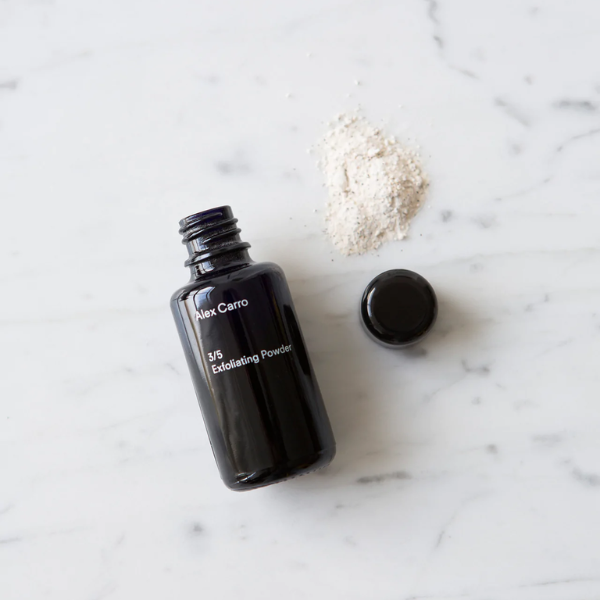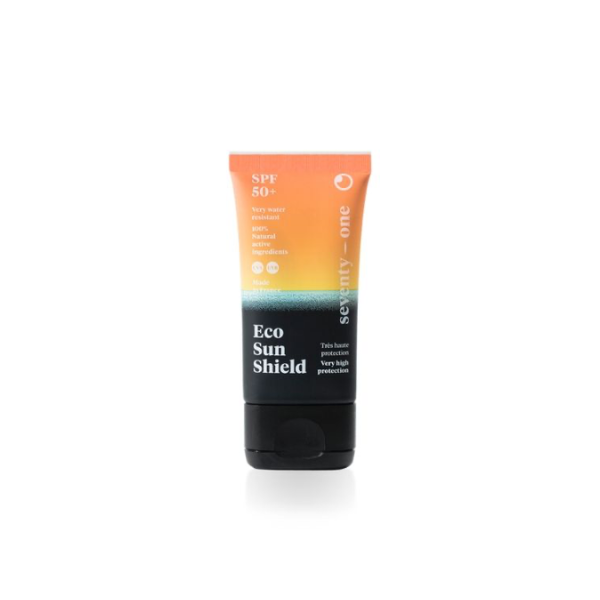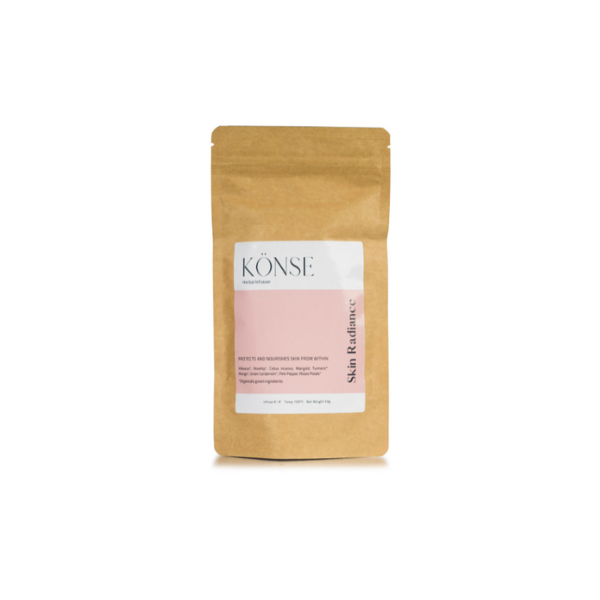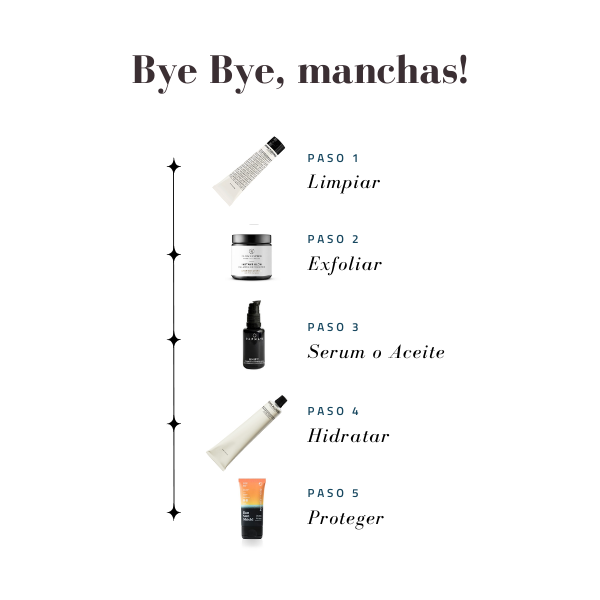Skin spots: What is hyperpigmentation and how to prevent it?
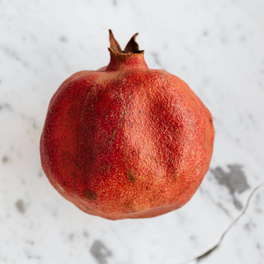
We all know that having a smooth and unified skin is one of the ideal requirements to keep you looking young and healthy. However, it is also true that sun spots are usually associated with ageing and of course to wisdom! In this post we focus on this topic, skin spots, hyperpigmentation and how to prevent it.
Causes of skin spots: Melanin
Dermatologists refer to the darker spots that appear on the skin as localized hyperpigmentation. This hyperpigmentation is due to many reasons, both internal and external: age, pregnancy, genetic predisposition, pollution, excessive sun exposure, hormonal changes and imbalances, and scarring due to acne among many others.
The common factor in all of them is an imbalance in the production of melanin, which is responsible for skin spots.
Melanin is essential in identifying and transforming skin color: from white, and pink to olive and dark brown.
The main identified cause is UV sun rays which are responsible for melanin’s production. As you enjoy summer hot, rays penetrate deeply into the skin, activating melanin on the surface during a four-step process called melanogenesis.
UVB rays penetrate the epidermis and stimulate tyrosinase and its mediators. Tyrosinase is the main enzyme responsible for the production of melanin, which is produced in a cell called melanocyte. Melanin is then transferred to the keratinocytes (cells whose main function is the production of keratin, main structural protein of the epidermis) and these travel until skin surface.

The melanin-filled cells color the outer layer and they gradually disappear during regular skin cell turnover.
Melanin is also responsible for your summer tan, which makes us all enjoy an attractive and healthy skin color for a few months.
However, sometimes some melanocytes never turn off and keep producing large amounts of melanin. These abnormally high amounts are unevenly distributed on the surface of the skin.They accumulate into scattered, darker patches of hyperpigmentation, thus creating different types of blemishes.
Pigmentation issues are related to melanin’s malfunction, causing hyperpigmentation (dark spots on the skin) or depigmentation (white spots) on the skin.
Types of melanin
1. Eumelanin: Better known as “real melanin“, its appearance is black or dark brown and can be found in people with matte skin (this protects them from UV rays).
2. Phaeomelanin: Also known as “red melanin”, it is characteristic of people with fair skin or red hair. It is remarkable knowing that phaeomelanin does not protect from UV rays. Quite the contrary, since it produces a synthesis it produces generates agents that attack the skin.
The amount of these two types of melanin is what determines the natural color of each person’s skin and also the speed with which each of us tans when exposed to the sun.
Skin pigmentation process
UV rays and “biological mediators” (substances found in skin cells) are responsible for stimulating the pigmentation process and, at the same time, stimulate the cells to produce melanin.
Those responsible for producing melanin are the melanocytes. These are distributed through the two epidermis layers, and they migrate until skin surface through the non-stop renewal of its cells.
This process is called hyperpigmentation, and it appears when our body produces an excess amount of melanin in different areas of the skin. This excess manifests itself in the form of darker spots shade ranges from light brown to black and can vary in size and shape.
The fact of not being able to conceal or hide them, since they tend to appear on the face, hands and other visible areas, causes some anguish among those affected.
Hyperpigmentation risk increases with age and generally affects areas that are most-exposed all time areas(face, hands, neck, etc.). Sun and age are the main causes of the appearance of age spots. This phenomenon is called solar lentigo or senile lentigo, and it affects 90% of white people over 50 years of age.
Other hyperpigmentation causes
- Hormonal changes during pregnancy or oral contraceptive use.
- Some brown spots usually appear just after a photosensitization reaction (phototoxicity) and are due to direct contact with certain types of plants, fragrances and medicines.
- Damaged or scarred skin (consequences of burns, sunburn, particularly acne lesions) develops pigmentation spots more easily if exposed to UV rays.
- Constant friction in delicate areas, also known as melanotic friction. Hyperpigmentation is caused by constant rubbing on sensitive areas of the body. Armpits, and even external intimate areas, can also be affected due to waxing and shaving.
Types of skin spots
There are many types of them, but the most common are:
- Pigmented spots (such as age spots): small, darkened plaques whose main cause is sun exposure, and they appear in particularly exposed areas: face, hands and arms.
- Melasma or chloasma (“pregnancy mask”): manifests with dark and irregular areas on the face or arms. It affects 90% of pregnant women as a result of hormonal influences and birth control pills.
- Inflammatory hyperpigmentation: it appears when a skin injury heals. It is common in people with acne and can also be caused by cosmetic procedures.
How to face skin spots
An option available to all and highly recommended for regenerating skin and restore its luminosity, is exfoliation. In addition to removing impurities and cleaning the pores, it activates circulation, achieving a smoother and more illuminated texture.
Exfoliating is the process of removing dead cells from the outer layer of the skin. Skin naturally exfoliates every day; however, various reasons such as weather, cosmetics, age and dehydration can slow down or stop this process, leading to dull, flaky and congested skin.
There are two types of exfoliation:
Physical : It consists of manually lifting and removing dead skin cells.
Chemical: It is based on natural exfoliating acids such as hydroxy acids (AHA, BHA or PHA) or enzymes for dissolving dead skin cells.
In addition to blurring and even removing some skin blemishes, exfoliation has multiple benefits, including:
- Clean pores:
- Smooth expression lines
- Stimulate collagen production
- Improve skin care absorption
Want to learn more about exfoliation? You can check out our Exfoliation 101 guide in this Instagram post.
Better to be safe than sorry, right?
Sunscreens:
The best way to prevent sun spots is to apply sunscreen during the months with higher sun exposure. In addition, it is important to be aware of and take responsibility for the sun effect on the skin.
Protect yourself from the sun. This is essential to prevent pigmentation marks from appearing or worsening. Above all, avoid exposure when the rays are most dangerous: between 10 am and 3 pm.
Choose the right sunscreen. It is recommended that the sun protection factor (SPF) be at least 20 (or 30 if your skin is fair). Some mineral sunscreen options here.
Another option is taking dietary supplements (capsules or pills) before and during sun exposure. It will help you to better prepare your skin for the sun.
Never expose babies directly to the sun. It is essential to protect children with special clothing and sunscreen. 80% of skin problems are due to sun exposure before the age of 18.
Sun activates pigmentation so systematically protecting yourself from UV rays can help to improve the situation. Sunscreen work as a preventive measure, but can have a positive effect on existing spots if you apply them regularly.
Food:
We are what we eat. If there is something the body is lacking, you will immediately notice it on the outside.
Apples: It has many properties to eliminate skin imperfections, especially blemishes. It cleans toxins, controls the appearance of blackheads and delays the ageing that causes hyperpigmentation.
Brewer’s yeast: Its high content of vitamins, minerals and fiber reduces skin cell damage, removes impurities and also has the ability to treat conditions such as dermatitis and psoriasis.
Pineapple: It is perfect for lightening all types of blemishes, including those caused by inflammation. Its active ingredients combat excess fluids, remove dead cells, reduce melanin production and moisturise in depth.
Cucumber: Composed of more than 70% water, cucumber is infallible for cleansing the skin, controlling excess oil, delaying the signs of ageing and achieving an even tone.
Carrot: Thanks to its high levels of vitamin A and C, it fights free radicals, repairs tissues and protects us from sun damage, thus fading blemishes, scars and acne. Try combining it with apple in a delicious smoothie!
Turmeric: a super versatile ingredient whose active ingredient is curcumin, studied to treat skin wounds such as burns. It has broad antioxidant and anti-inflammatory power. You can add it to your juices or smoothies or enjoy it in an infusion, such as Könse Herbal Skin Radiance (ideal for moisturising this summer).
Step-by-step routine to combat skin shots
- CLEANSING: the first step in brightening the skin. Sensitive skin suffering from epidermal melasma (brown spots) needs a specific product that combines depigmentation with make-up removal and cleansing, such as Grown Alchemist’s cleansing and restoring cream.
- EXFOLIATE YOUR FACE AND BODY with exfoliating products such as Dafna’s Skincare Detoxify Mask or Flower and Spice Exfoliating Soothing Exfoliating Cream.
- PURIFY SKIN, with serums, toners and oils such as Dafna’s Skincare Unify Anti-Blemish Serum or Alex Carro Illuminating Matrix Liquid.
- APPLY YOUR MOISTURIZING CREAM: A good option is Grown Alchemist Matte Balancing Moisturiser which, in addition to moisturising, contains rice bran oil that helps to eliminate imperfections, regenerate, visibly reduce the signs of ageing and fight blemishes.
- DAILY SUN PROTECTION, essential to prevent and reduce skin blemishes: one of our favourites is SeventyOne Percent Eco-Sun Shield SPF 50+ with Organic Sunflower Vegetable Oil: rich in vitamin E and omega 6, it softens and nourishes even dry skin.

